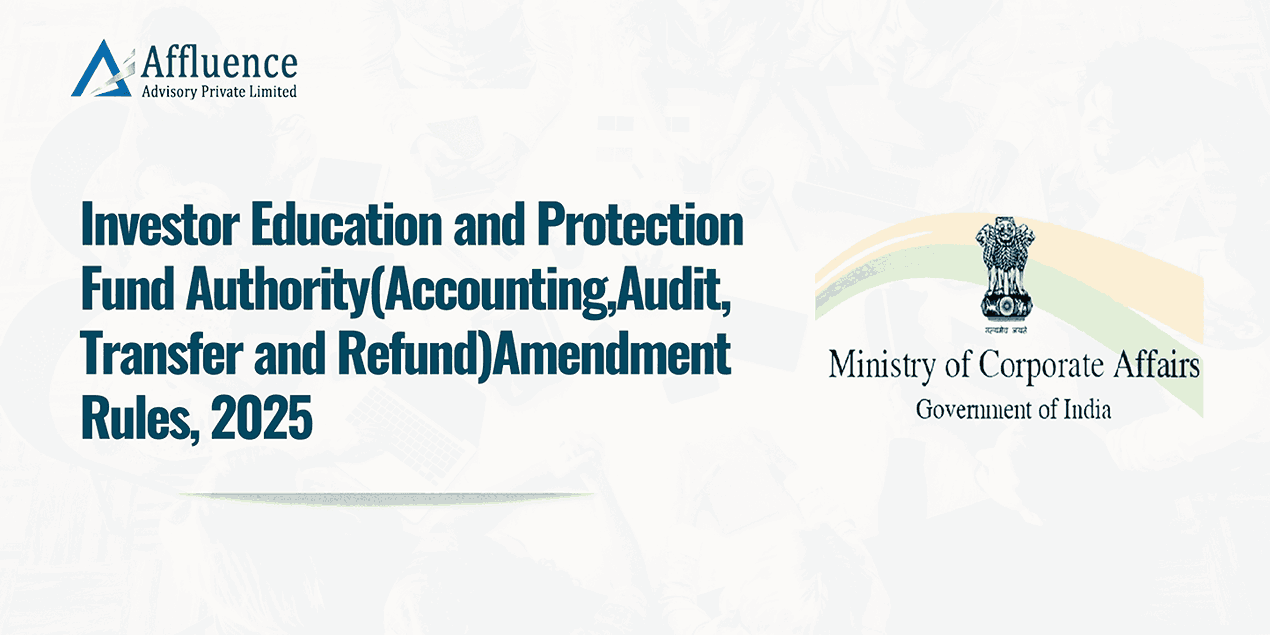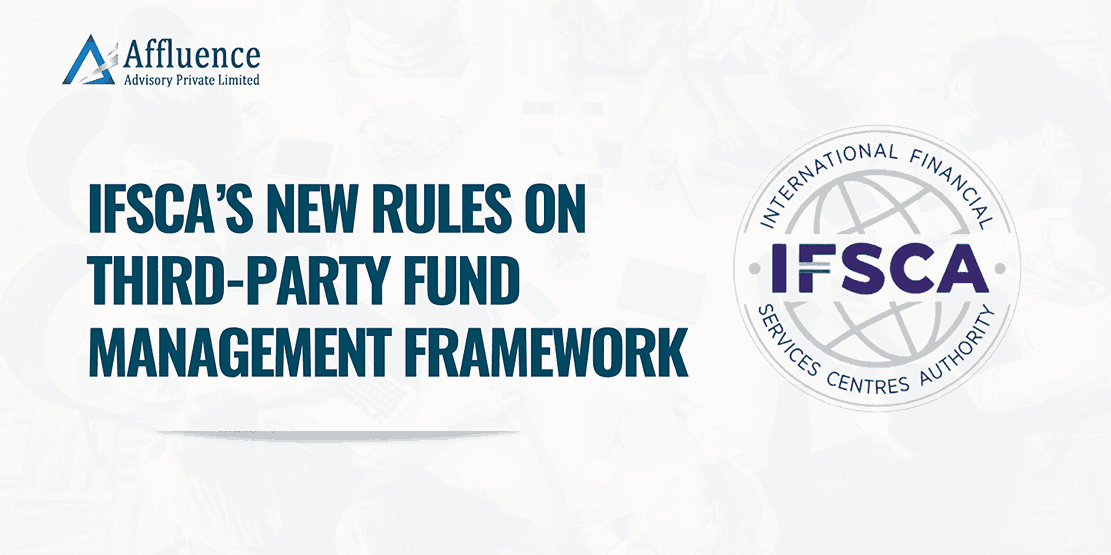SEBI (LODR) Regulations, 2015
|
Sl.no |
Reg no. |
Nature of amendment |
A proposed amendment by SEBI |
|||||||||||||||||||||||||||||||||||||||||||||||||||||||||||||||||||||||||||||||||||||
|
1 |
Regulation 33 – Financial Results |
Insertion |
Submission of first financial results by newly listed entities: Currently timelines prescribed for submission of financial results under Reg. 33 of LODR Regulations are applicable first-time listed entities also. SEBI has received representation highlighting difficulties faced by these companies in submitting quarterly results and financial statements. Hence in order to provide reasonable timeline following points are proposed for discussion by SEBI.
For quarterly results: It is proposed to provide a time period of 15 days for newly-listed entities for disclosure of first financial results post their listing on stock exchanges. Further if any company gets listed on stock exchange on Feb 15 or posts that till March 31 then, in that case, it is proposed to mandate it to disclose results for the December quarter within 15 days of listing. It means that if a company gets listed on Feb 15 then it will have to disclose financial results by March 2 and if it gets listed on March 31 then it will have to disclose by April 15.
Explanation in the tabular form is as follows:
For last quarter: Further it is proposed that a newly-listed entity may be required to disclose its first financial results post its listing, for the period immediately succeeding to the periods for which financial statements were disclosed in its offer document for initial public offer, within 15 days from the date of listing or as per the applicable timeline under LODR Regulations, whichever is later.
Explanation in the tabular form is as follows:
|
|||||||||||||||||||||||||||||||||||||||||||||||||||||||||||||||||||||||||||||||||||||
|
2 |
Regulation 17(1) and 25(6) – Filling of vacancy of Key Management Personnel |
Insertion |
Timeline to fill up vacancy of directors, Compliance Officer, Chief Executive Officer (CEO) and Chief Financial Officer (CFO) in listed entities:
Vide this consultation paper, PMAC wants to clarify timelines on filling up vacancy of directors other than specified purposes as mentioned in the below, Compliance Officer, Chief Executive Officer (CEO) and Chief Financial Officer (CFO) and in listed entities.
Filing of vacancy of director – Insertion in Regulation 17(1) and deletion of Regulation 25(6): Considering the fact that every director on the board of a listed entity has significant role and responsibilities, there is a need to specify a reasonable timeline within which a vacancy arising for any director should be filled up by the listed entity. Timely filling up vacancies of directors will also ensure that the board of listed entities has an optimum combination of directors as envisaged under regulation 17(1) of LODR.
The requirement to fill up the vacancy of a director may not be applicable in case the listed entity is compliant with the composition of board of directors under regulation 17(1) of LODR without filling up the vacancy created.
Further, it is noted that the listed entity may become non-compliant with the composition of board of directors under regulation 17(1) of LODR due to the following: 1. appointment of a non-independent director; 2.change in designation of an existing director, for example, an independent director has become non-independent; 3. cessation of an existing director due to completion of his/her tenure.
In the above mentioned three eventualities, the listed entity is always aware in advance of the consequent impending non-compliance with composition of board of directors under regulation 17(1) of LODR. Therefore, it is incumbent upon the listed entity to comply with the requirements of regulation 17(1) of LODR immediately after any one of the above stated three eventualities happen, and no additional timeline should be provided to the entity for filling up the vacancy.
Regulation 25(6) of LODR Regulations specifies that an independent director who resigns or is removed from the board of directors of the listed entity shall be replaced by a new independent director by the listed entity at the earliest but not later than three months from the date of such vacancy. This regulation will no longer be relevant if the above clauses are approved.
Filing of vacancy of Compliance officer, CEO and CFO (Collectively as ‘KMPs’) –
Considering the gravity of the responsibilities entrusted on the compliance officer, CEO and CFO of a listed entity, there is a need to specify a reasonable timeline within which a vacancy arising for such officers should be filled up by the listed entity. In case the listed entity has appointed a Managing Director (MD) / Whole Time Director (WTD) / Manager instead of a CEO, then the timeline for filling up the vacancy should be applicable to such personnel.
Section 203(4) of the Companies Act, 2013 requires that the vacancy of whole-time key managerial personnel (Company Secretary, CFO, and CEO / MD / WTD / Manager) shall be filled up by the company within six months from the date of such vacancy. In view of the additional functions and responsibilities of the Compliance Officer, CEO and CFO assigned to them under the LODR Regulations, a stricter timeline of three months may be specified for filling up vacancy of such personnel, so as to ensure smooth functioning of the company. Also, as per LODR Regulations Board of Directors has to ensure succession planning of KMP therefore, stricter timeline compliance is possible by the listed entity.
Proposal by SEBI: Accordingly, any vacancy of a Compliance Officer/CEO/ CFO shall be filled-up by the listed entity at the earliest but not later than three months from the date of such vacancy. |
|||||||||||||||||||||||||||||||||||||||||||||||||||||||||||||||||||||||||||||||||||||
|
3 |
Regulation 98(1) – Liability for contravention of the Act, rules or the regulations. |
|
Freezing of demat accounts of the Managing Director(s), Whole-time director(s) and CEO(s) of a listed entity for continuing non-compliance with the LODR Regulations and / or non-payment of fines by a listed entity
Penal provisions as mentioned in Regulation 98 of LODR work well for promoter-driven companies, the same may not be relevant for companies without any identifiable promoters. It is observed that increasing number of professionally managed companies (without any identifiable promoters) are getting listed on the Stock Exchange(s).
Therefore, the freezing provisions are not applicable to such companies if they are non-compliant with the LODR and / or have outstanding fines to the Stock Exchanges. Hence, there is a need to review the aspect of freezing of promoter’s accounts as specified in the existing SoP circular.
While the overall responsibility rests with the Board of Directors, the day-day affairs of the company are run by the Managing Director(s), Executive Directors i.e., the Whole-time directors (WTDs) & Chief Executive Officers (CEOs) of the company. Therefore, it is necessary to fix the accountability of the MD(s), WTDs and CEO(s) for a listed entity’s continuing non-compliance with the LODR Regulations.
Therefore, It is proposed that the demat account of the WTDs, including the MD, and CEO(s) may be frozen, in addition to the demat account(s) of the promoters, for continuing non-compliance and / or non-payment of fines by a listed entity. This may result in timely compliance and / or payment of outstanding fines by listed entities and would ensure that MD, WTD, CEO are held accountable for non-compliance or non-payment of fines by listed entities. Further, this proposal would also be more relevant for professionally managed companies.
Additionally, Conditions for unfreezing the demat accounts on exit from a listed entity of the director are also specified.
Proposal by SEBI: It is proposed that the demat accounts MD(s) / WTD(s) / CEO(s) who resign from a non-compliant entity shall be unfrozen after the listed entity complies with the applicable provisions of the LODR Regulations and / or pays the outstanding fines, or on the 90th day from the date of getting relieved from the company, whichever is earlier. The new MD / WTD / CEO shall be given 90 days’ time from the date of assuming charge to ensure the listed entity’s compliance with the applicable provisions and payment of outstanding fines, failing which their demat account(s) shall be frozen. The same shall be incorporated in the SoP circular.
|
Click here to Download PDF
Disclaimer: This article provides general information existing at the time of preparation and we take no responsibility to update it with the subsequent changes in the law. The article is intended as a news update and Affluence Advisory neither assumes nor accepts any responsibility for any loss arising to any person acting or refraining from acting as a result of any material contained in this article. It is recommended that professional advice be taken based on specific facts and circumstances. This article does not substitute the need to refer to the original pronouncement











